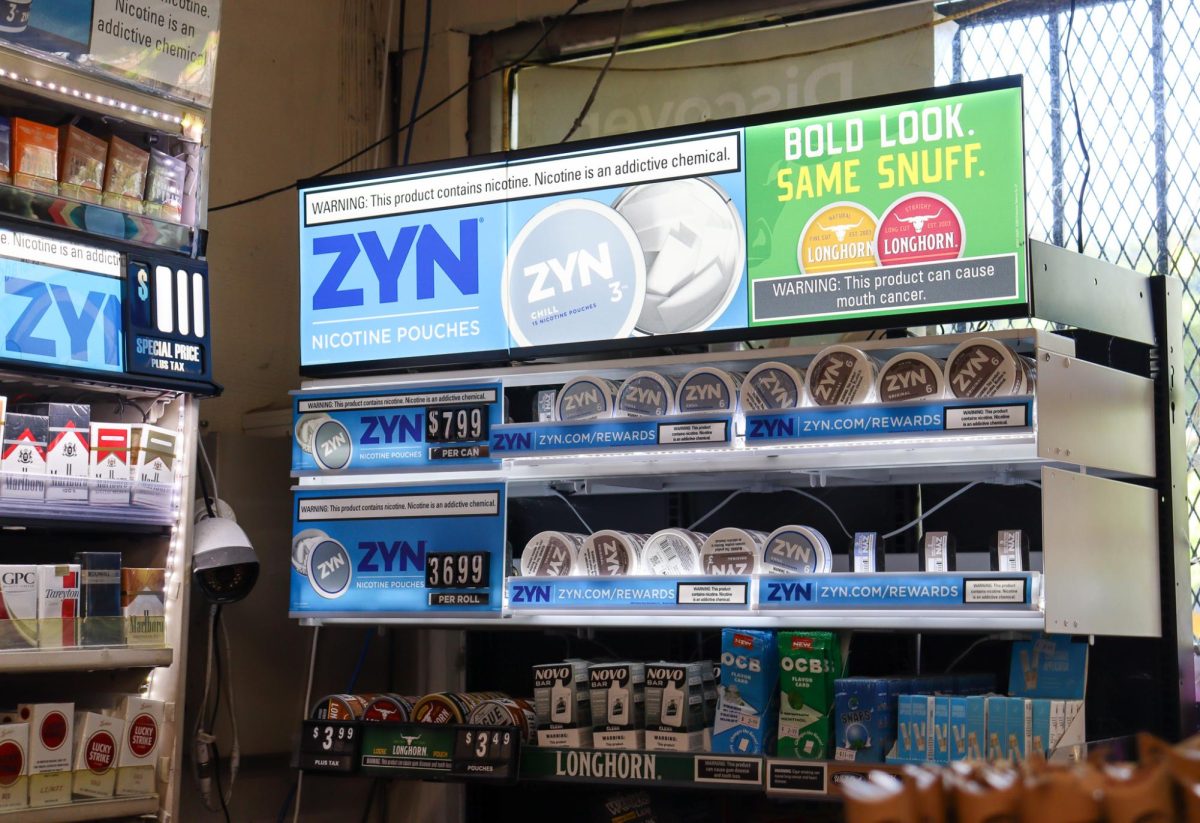Caffeine, known for its ability to increase physiological performance, is identified as a drug by the FDA. Despite this classification, its availability to minors is ever-growing and caffeinated drinks are found in nearly every convenience store, grocery store, and drug store. According to a 2016 article from the website medicalnewstoday.com “approximately 96 percent of teens have consumed some sort of caffeine in their lifetime and 83.2 percent consume it regularly.”
When taken in highly concentrated doses, caffeine’s negative effects on teens outweigh the benefits. Large doses of caffeine play a role in a person’s physiology, just as any other classified drug. Dr. Mary Lessor holds a teaching position at UC Berkeley’s Department of Nutritional Sciences and Toxicology, is a Researcher and Pediatric Dietitian at UCSF, and pediatric sports nutrition specialist.
“From a nutrition perspective, caffeine can come in different forms, and… considering [the different] formats it comes in, [the] super concentrated amounts [are] where you have issues with irregular heartbeats or just jitteriness or [lack of] focus,” Dr. Lesser said. “There is definitely concern about the interactions of caffeine, you know, in some of the developmental processes. I think the biggest concern is neuro-wise.”
According to the FDA, “For healthy adults, the FDA has cited 400 milligrams a day—that’s about four or five cups of coffee—as an amount not generally associated with dangerous, negative effects. However, there is wide variation in both how sensitive people are to the effects of caffeine and how fast they metabolize it (break it down).”
Some of the most common sources of caffeine that appeal to teens are brewed coffee, Monster Energy drinks, and Starbucks frappuccinos. Eight ounces of coffee range from 95 to 200 milligrams of caffeine. Monster energy drinks, frequently sold to teens at stores such as 7-Eleven, Circle K, and Safeway, contain 160 milligrams of caffeine per 16-ounce can.
The downside of caffeine is that it gives you a release of cortisol, and cortisol has been proven to slow muscle growth. It stresses you out… It can cause lack of sleep, dehydration, restlessness, agitation, a number of things.
— John Minutoli
With a Starbucks located less than a mile from campus, Frappuccinos are extremely popular among teens and contain 115 milligrams of caffeine. The close vicinity of caffeine-selling businesses to schools, especially for students who cannot drive, has an impact on the easy accessibility and frequent purchases and consumption of caffeinated drinks.
Senior Charley O’Neil recalls that her consumption of caffeine began in middle school with quick trips to convenience stores nearby.
“[During] middle school we’d all be walking from White Hill to 7-Eleven by Manor, and everyone would be getting a Yerba Mate… and everyone’s raving about them, [saying] ‘they’re so good, you have to try it,’” Charley said. “So then, it became the trend to get a Yerba Mate a lot after school.”
During COVID-19, when Charley’s parents would make trips to the store to stock up on household goods, she would ask them for Yerba Mates. As they became a staple in her house, it became a habit. When the lockdown ended and school was back in session, it went from a habit to a daily routine. However, due to caffeine’s addictive mechanism, it became a necessity for getting through the school day.
“If I don’t drink caffeine in the morning for school, I get a headache. So, I definitely have to keep consuming,” Charley said.
Caffeine withdrawal symptoms include headaches, as well as difficulty concentrating and sometimes a depressed mood.
“If I drink too much caffeine, I’ll definitely get shaky and a little anxious,” Charley said. “But then, I can typically see that that’s gonna happen and balance it out with food, but it definitely affects me more than I want it to.”
Senior John Minutoli, co-founder of the Archie Williams Nutrition Club, agrees that caffeine can lead to an increase in focus productivity, but that upside contrasts with the negative effects of neurostimulation and the release of chemicals such as cortisol and adrenaline throughout the body.
“The downside of caffeine is that it gives you a release of cortisol, and cortisol has been proven to slow muscle growth. It stresses you out… It can cause lack of sleep, dehydration, restlessness, agitation, a number of things,” John said.
Caffeine frequently provides students with a pick-me-up, as many Archie Williams students participate in afterschool sports or activities. However, this common consumption can lead to an eventual depletion of the athlete’s body through the lack of cell respiration.
Approximately 96 percent of teens have consumed some sort of caffeine in their lifetime and 83.2 percent consume it regularly.
Cellular respiration is the process of food energy converting into energy that can be used by the body’s cells. After an athlete works out, their body requires food to replenish the cells that were gradually broken down throughout the workout.
“Caffeine has been found to be an appetite suppressant [in the] short term. So again, when anyone takes high doses of caffeine and then works out, they are effectively reducing how much they should have been eating after because they will no longer feel hungry and… get enough protein to rebuild their muscles,” John said. “You need to eat within 30 minutes of exercise if you want to get proper cell respiration…”
Many individuals possess a strong reliance on the power of caffeine to wake up, either from lack of sleep or just a long day at school. However, teenagers in particular are more likely to grow a need for caffeine compared to those in their mid to late twenties.
“Teens are more likely to get a dependency on [caffeine] as they don’t control substances as much as more mature age groups do. And as it is a less developed brain, [caffeine] has a higher impact on them,” John said.
Students, at such a crucial and busy point in their lives, are most vulnerable to the effects of caffeine and prone to addiction. Although there are short-term benefits like increased energy and mental awareness, the long-term effects may become harmful to the development of a high school student’s health.










